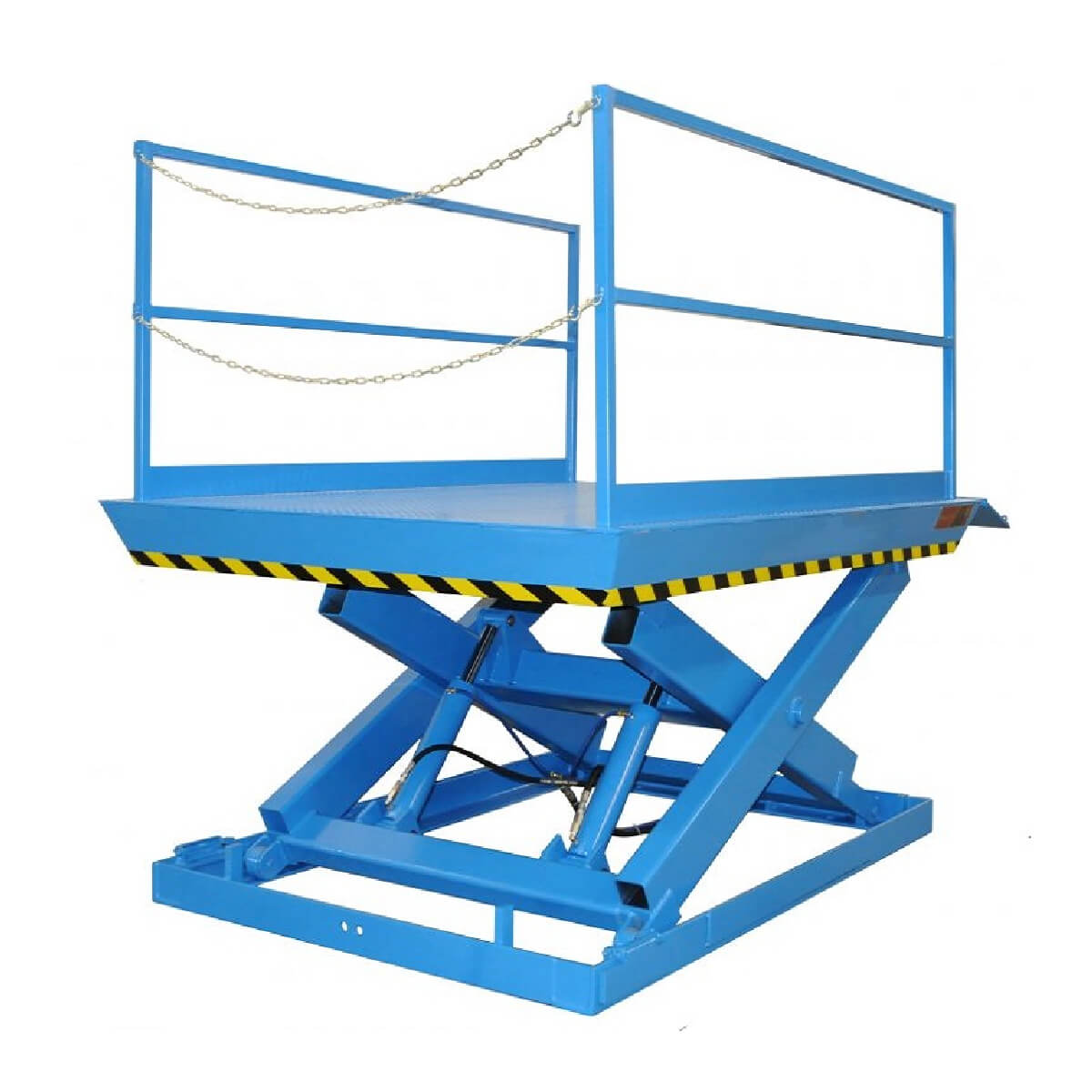A scissor table is a versatile lifting device designed to raise or lower materials to desired heights. It operates using a scissor-like mechanism powered by hydraulic, pneumatic, or mechanical systems. Scissor tables are widely used in industries such as manufacturing, warehousing, and healthcare. Below are some common types and features:
Types of Scissor Tables:
- Manual Scissor Tables: Operated using a foot pump or crank.
- Electric Scissor Tables: Powered by an electric motor for efficiency.
- Hydraulic Scissor Tables: Use hydraulic systems for lifting heavy loads.
- Mobile Scissor Tables: Equipped with wheels for easy transportation.
- Stationary Scissor Tables: Fixed in one location, often integrated into production lines.
- Double-Scissor Tables: Feature two stacked scissor mechanisms for extended lift heights.
Key Features:
- Load Capacity: Varies based on the design, typically ranging from a few hundred kilograms to several tons.
- Platform Size: Can be customized for specific applications.
- Lift Height: Adjustable to suit different tasks.
- Safety Mechanisms: May include guard rails, overload protection, and emergency stops.
- Mobility: Some models have castor wheels for portability.
Applications:
- Material Handling: Moving and positioning heavy goods in warehouses.
- Assembly Lines: Providing ergonomic working heights.
- Healthcare: Used in patient lifts and operating tables.
- Loading Docks: Bridging height differences between docks and trucks.
Would you like more detailed information or assistance selecting a scissor table for a specific purpose?

